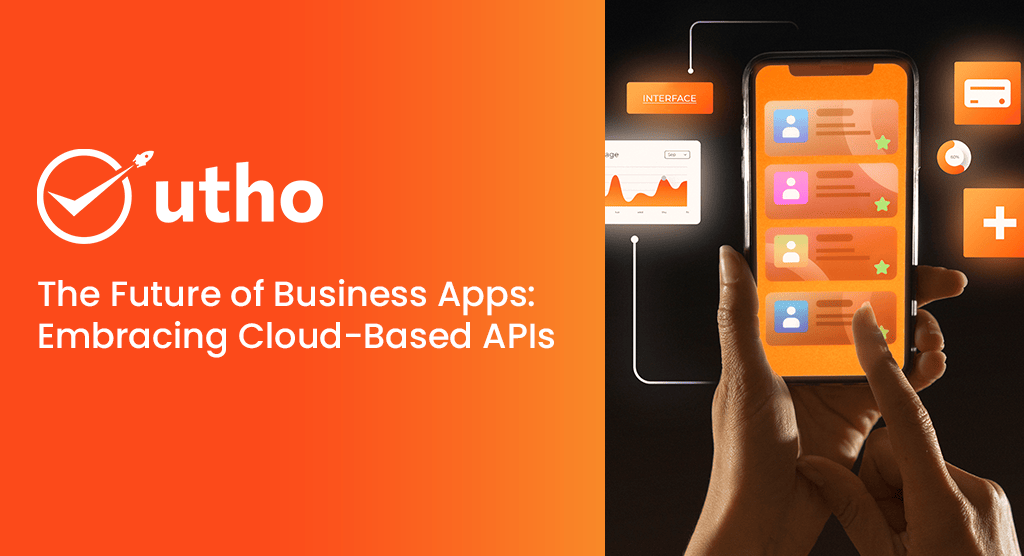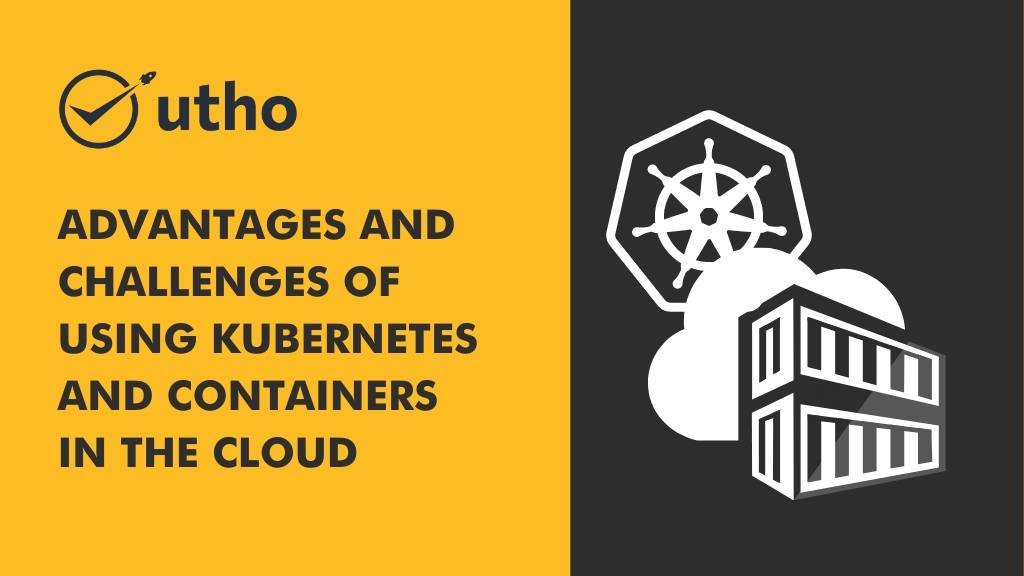Cloud APIs, short for Application Programming Interface, operates on a set of definitions and protocols designed to integrate systems and streamline communication between software applications through a set of rules.
What's the essence of Cloud API?
A Cloud API, short for Cloud Application Programming Interface, facilitates the creation of applications and services for managing cloud hardware, software, and platforms. It empowers administrators to seamlessly integrate applications and workloads into the cloud environment.
The evolution of the cloud API landscape, designed to enrich the cloud experience and ensure compatibility, empowers administrators to seamlessly integrate applications and diverse workloads into the cloud environment.
How do you incorporate an API into your cloud infrastructure?
There are various methods to integrate with an infrastructure, each with its own underlying components. Cloud computing integration with another platform (or even another cloud provider) typically involves four main areas.
PaaS API: These service APIs, also referred to as Platform as a Service (PaaS), offer access and functionality within a cloud environment. This includes integration into databases, messaging systems, portals, and even storage components.
SaaS API: Also recognized as Software-as-a-Service (SaaS) APIs, these are designed to facilitate the connection between the application layer and both the cloud and the underlying IT infrastructure.
IaaS API: These APIs, often called Infrastructure as a Service (IaaS), help oversee cloud resources. They can quickly add or remove resources, and are handy for tasks like managing networks and workloads (VM).
Cross-platform API and Cloud Providers:
In today's setups, we often use different cloud providers and platforms. There's a growing need for compatibility across platforms. Providers now offer easy HTTP and HTTPS API integration, making the cloud experience better. Cross-platform APIs let you access resources not just from your main provider but from others too, saving time and effort in development.
What are the advantages and benefits associated with the utilization of APIs?
APIs drive growth for data-driven businesses, from customer outreach to social collaboration tools. Here are some primary advantages.
- Build, deploy, and scale cloud services automatically.
- Enhance service flexibility.
- Simplify content and application integration.
- Personalize content and services for users.
- Streamline automatic sharing and publishing.
What lies ahead for the future of Cloud Application Programming Interfaces (APIs)?
Cloud APIs will keep growing as more companies seek efficient ways to connect their environments. Secure and versatile, they help businesses expand by distributing data and managing resources across different platforms, ensuring greater cloud elasticity.
What measures does Utho employ to ensure the security of cloud APIs?
APIs are susceptible to a range of attacks. Safeguarding APIs from misuse demands a multi-layered defense capable of thwarting, identifying, and mitigating incoming attacks. Utho API Gateway aids organizations in uncovering and cataloging shadow APIs, blocking API data exfiltration, and safeguarding APIs from both external and internal threats.




